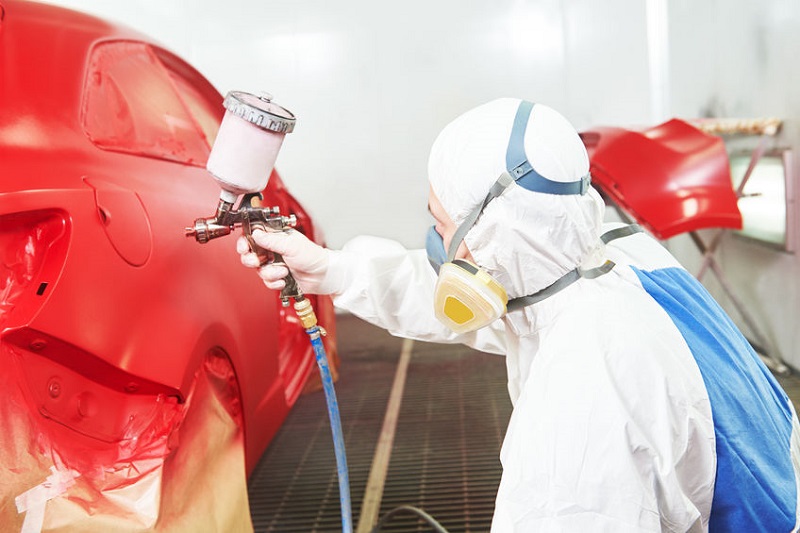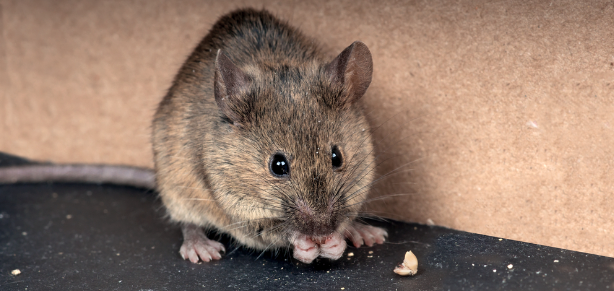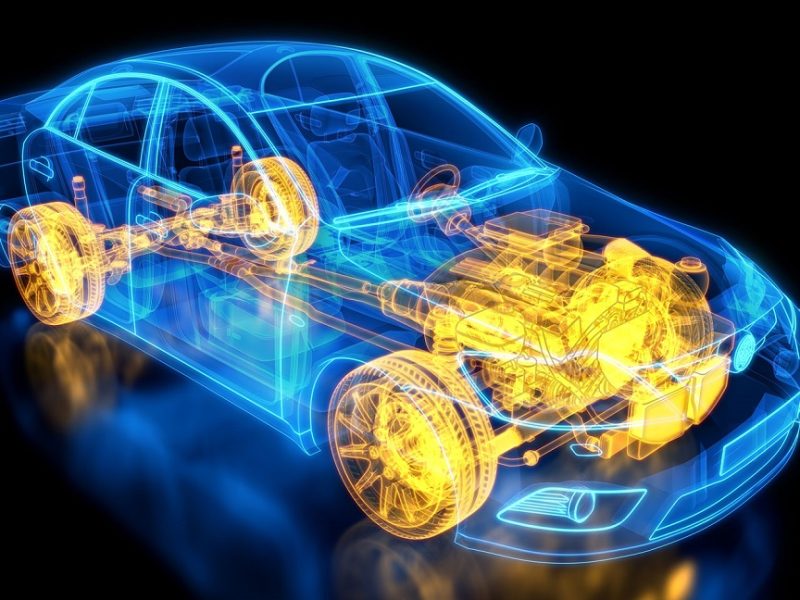Have you ever marveled at the sleek, glossy finish of a newly painted car and wondered about the magic behind it? Auto painting is an art, a meticulous process that involves more than just a coat of paint. Let’s embark on a journey through the three stages of auto painting and uncover the secrets of this transformative art form.
1. Preparing the Canvas: Priming and Sanding
Just like a skilled artist prepares their canvas before applying vibrant strokes of color, the first stage of auto painting involves priming and sanding. This phase is all about creating the perfect foundation for the paint to adhere to. Mechanics meticulously sand down the existing paint, ensuring a smooth and even surface.
The car then receives a coat of primer, acting as the canvas primer for the masterpiece to come. It fills in imperfections and creates a uniform base. Think of it as the underpainting, setting the stage for the vivid hues to follow.
Pro Tip: The key is in the details – sanding ensures the paint will adhere flawlessly.
2. The Brushstroke: Applying Basecoat and Clearcoat
Now comes the exciting part – the application of the basecoat. This is where the color comes to life, and your vehicle begins to transform. The basecoat, like the artist’s brushstroke, adds the desired color and vibrancy.
Following the basecoat, a clearcoat is applied. Think of it as the protective varnish on a painting. This clearcoat not only enhances the color’s brilliance but also provides a shield against the elements, ensuring the longevity of the paint job.
Pro Tip: Achieving the right thickness is crucial for a durable and radiant finish.
3. The Finishing Touch: Polishing and Buffing
Just as an artist meticulously polishes and buffs their finished painting to perfection, the auto painting process concludes with the third stage – polishing and buffing. This step adds the final gleam and shine to your vehicle, elevating it from a freshly painted car to a work of automotive art.
Polishing removes any imperfections while buffing brings out a mirror-like finish. It’s the grand finale, ensuring your vehicle leaves the auto body shop looking showroom-ready.
Pro Tip: Regular polishing and waxing will keep your car’s paint looking vibrant for years.
FAQs: Unraveling the Mysteries of Auto Painting
Q: How long does the auto-painting process usually take?
A: The timeline varies based on factors like the extent of repairs needed and the complexity of the paint job. Generally, it can take a few days to a couple of weeks.
Q: Can I choose any color for my car?
A: Yes, you can choose from a wide range of colors. Discuss your preferences with the auto body shop to find the perfect shade.
Q: Will the new paint match the original color of my car?
A: A reputable auto body shop will use color-matching technology to ensure a seamless match with your car’s original color.
Q: How can I maintain the longevity of my car’s paint job?
A: Regular washing, waxing, and avoiding exposure to harsh elements can help preserve the paint job.
Q: Is auto painting only for cosmetic purposes?
A: While it does enhance the visual appeal, auto painting also provides protection against rust and corrosion.
The Final Stroke: Your Car, Your Masterpiece
In the world of auto painting, your car is the canvas, and the skilled hands of automotive experts are the artists. From the meticulous preparation to the final buffing, each stage is a stroke in creating a masterpiece on wheels. So, the next time you admire a freshly painted car, remember the craftsmanship and artistry that went into making it a rolling work of art.








